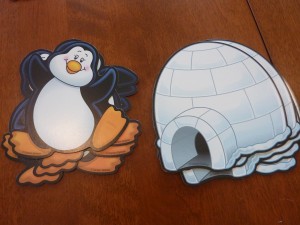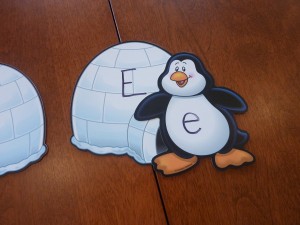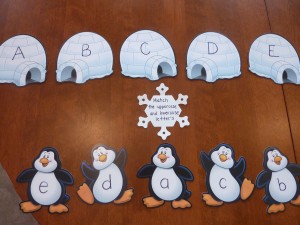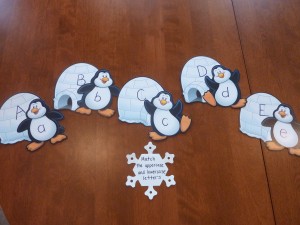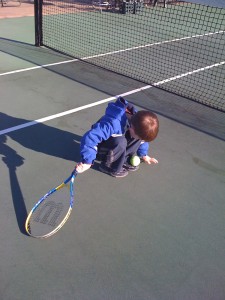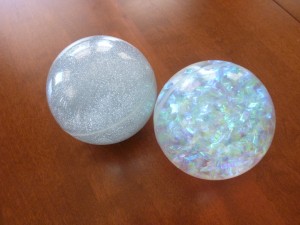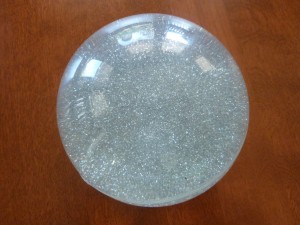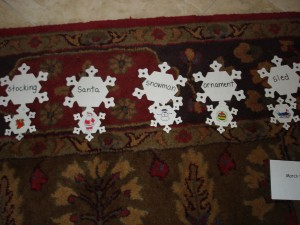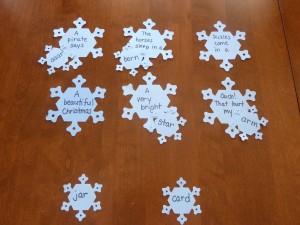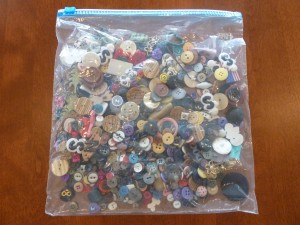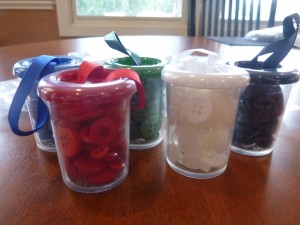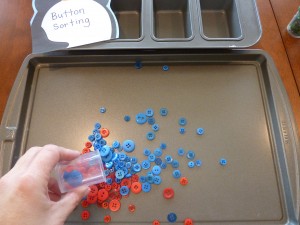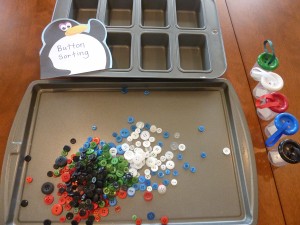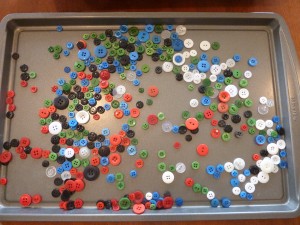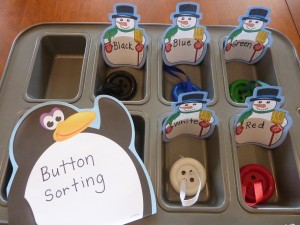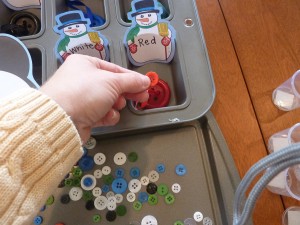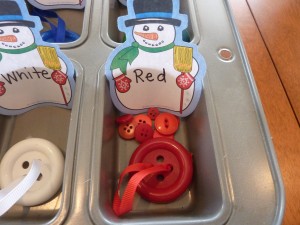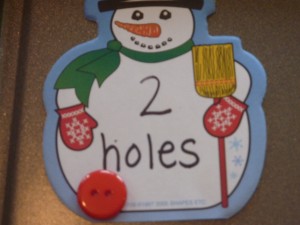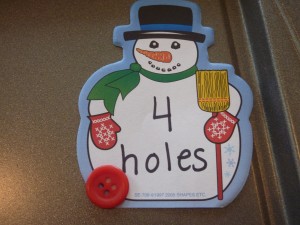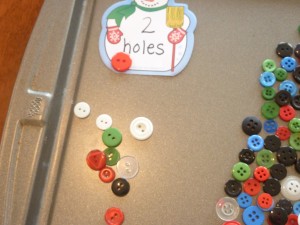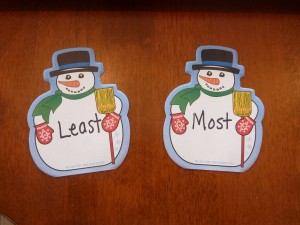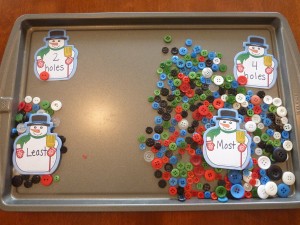Here is a great way to motivate a child who loves chocolate to work on some patterning skills. Â A VERY easy My Obstacle Course station idea that requires little in preparation other than purchasing the Kisses and with the holiday break fast approaching, I am looking for every activity I can to help me keep my son engaged in purposeful activities!
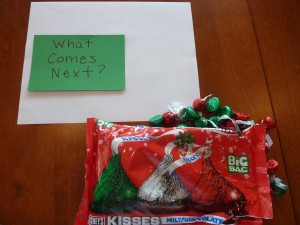
I have found that when working on patterns with my son, using the phrase, “What comes next?” works really well.  I incorporate the term “pattern” while we are doing the activity  (ex. “Oh, look at this pattern!  or “What comes next in this pattern?”) but feel like sometimes the less words I use in the directions, the better.







These are obviously only a few of the patterning possibilities so feel free to use patterns that you feel your child can do and if it turns out to be too difficult, work through it with them!
Note: Â My son does not like chocolate, in fact when he was younger, I have a vague memory of chasing him around our Phoenix apartment trying to get him to eat chocolate pudding. Â He did not but I did! Â Even so, I still use these holiday themed Hershey Kisses with him to practice patterning. Â It helps to keep things interesting and is also a sensory activity because he slowly works up to smelling the kisses before placing them where they belong in the pattern.
